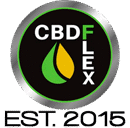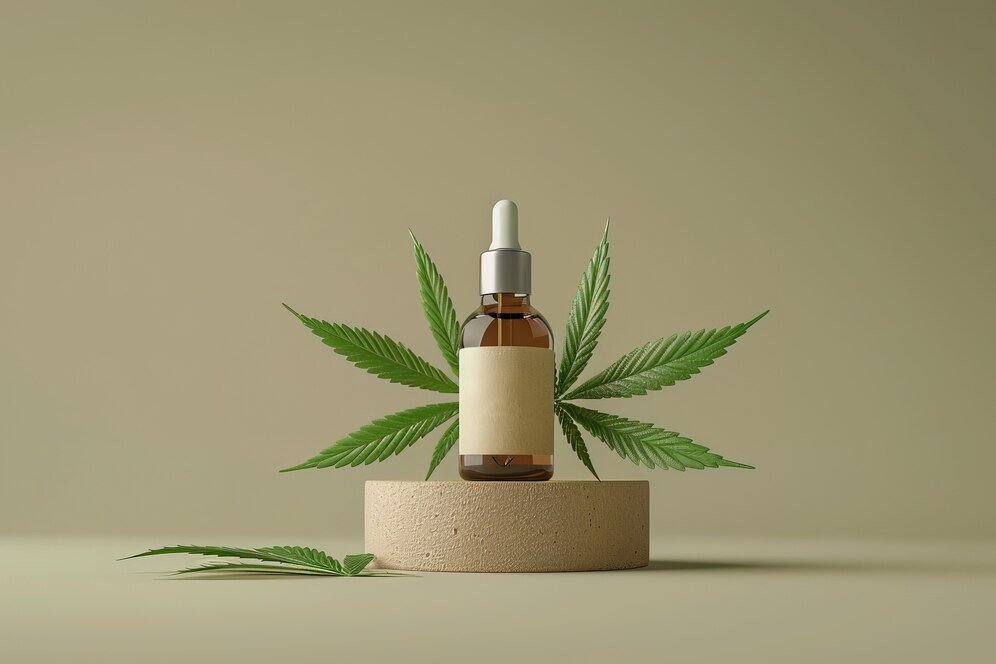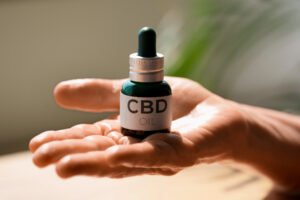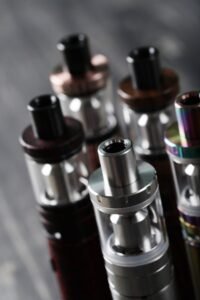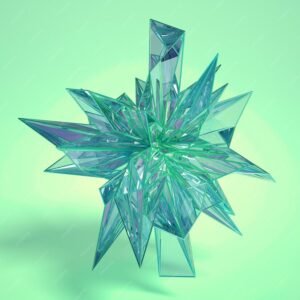How to Choose Your First CBD Product: A Beginner’s Guide
CBD (cannabidiol) has taken the wellness world by storm, offering a natural alternative for those seeking relief from stress, pain, insomnia, and more….
Table of contents
CBD (cannabidiol) has taken the wellness world by storm, offering a natural alternative for those seeking relief from stress, pain, insomnia, and more. If you’re new to cannabidiol and wondering how to begin, you’re not alone. With a wide variety of products on the market—oils, gummies, capsules, topicals—it can feel overwhelming to know where to start.
In this guide, we’ll walk you through everything you need to know to confidently choose your first cannabidiol product. From understanding the different types of CBD to determining the right dosage, we’ll help you make an informed and safe decision.
Understanding CBD: What Is It?
CBD is a naturally occurring compound found in the hemp plant. Unlike THC (tetrahydrocannabinol), cannabidiol is non-psychoactive, which means it won’t make you feel “high.” It interacts with the body’s endocannabinoid system, which plays a role in regulating sleep, mood, appetite, and pain sensation.
cannabidiol is available in many forms and concentrations, which makes finding the right product a personal journey.
Step-by-Step: How to Choose Your First CBD Product
1. Understand Why You Want to Use CBD
Before selecting your first cannabidiol product, consider your goals. Are you looking for anxiety relief? Help with sleep? Pain management? Different products and delivery methods serve different purposes:
- For anxiety or general wellness: Oils or gummies are a popular choice.
- For sleep: Look for products with added melatonin.
- For localized pain: Consider topicals like creams or balms.
- For full-body pain or inflammation: Capsules or tinctures work well.
2. Know the Types of CBD
There are three main types of cannabidiol to choose from:
- Full-spectrum CBD Oil: Contains all cannabinoids (including trace amounts of THC), terpenes, and flavonoids. This is believed to produce an “entourage effect” for greater benefits.
- Broad-spectrum CBD: Similar to full-spectrum but with THC removed. Ideal if you want all the benefits without the THC.
- CBD isolate: Pure cannabidiol with no other cannabinoids or compounds. Great if you want to avoid THC entirely.
3. Choose a Delivery Method That Fits Your Lifestyle
The form of CBD you choose will affect how quickly and how long it works:
- CBD Oils/Tinctures: Fast-acting when taken sublingually (under the tongue) and allow for dosage control.
- CBD Gummies/Capsules: Easy and discreet, with a longer onset time.
- CBD Topicals: Applied to the skin for targeted relief.
- CBD Vapes: Fast-acting but not recommended for beginners due to health risks associated with vaping.
4. Start with a Low Dose
When taking your first CBD product, always start with a low dose and gradually increase as needed. A common beginner dosage is 10–20 mg per day. It’s important to monitor how your body reacts and adjust accordingly.
Keep in mind that cannabidiol affects everyone differently based on factors like body weight, metabolism, and the severity of the issue being addressed.
5. Check for Third-Party Lab Testing
Always choose cannabidiol products from reputable brands that provide third-party lab results. These certificates of analysis (COAs) confirm that the product contains the advertised amount of cannabidiol and is free from contaminants like pesticides, heavy metals, and molds.
6. Look at Ingredients and Additives
Some CBD products contain added ingredients such as essential oils, melatonin, vitamins, or herbal extracts. While these can enhance the benefits, make sure you’re not allergic to any of them or combining them with medications that could interact.
Tips for Buying Your First CBD Product
- Read reviews and do research on the brand.
- Verify the THC content if you’re concerned about drug testing.
- Look for transparency in sourcing (organic hemp, U.S.-grown is ideal).
- Avoid products that make bold, unsubstantiated health claims.
Common Mistakes to Avoid with Your First CBD
- Taking too much too soon: Start low and go slow.
- Not checking lab results: Always ensure quality and safety.
- Expecting instant results: cannabidiol often works best over time.
- Mixing with alcohol or medications without consulting a doctor.
Frequently Asked Questions (FAQ)

1. What is the best type of CBD for beginners?
For most beginners, cannabidiol oil or gummies are a great starting point because they are easy to dose and consume. Broad-spectrum cannabidiol is a safe option if you want to avoid THC.
2. How much CBD should I take the first time?
Start with a low dose, typically between 10–20 mg per day. Gradually increase the dosage based on your body’s response and wellness goals.
3. How long does it take for CBD to work?
It depends on the delivery method. Oils taken under the tongue may start working in 15–45 minutes. Edibles can take 1–2 hours. Topicals vary depending on the area and severity of pain.
4. Can I take CBD with other medications?
Always consult your healthcare provider before combining cannabidiol with prescription medications, as it can interact with certain drugs, particularly those processed by the liver.
5. Is cannabidiol legal?
CBD derived from hemp with less than 0.3% THC is legal federally in the U.S. However, local laws vary, so check your state or country’s regulations before purchasing.
Conclusion
Choosing your first CBD product doesn’t have to be confusing. By understanding your needs, learning about product types, and selecting a reputable brand, you can find a safe and effective solution that aligns with your wellness goals. Start slow, listen to your body, and enjoy the potential benefits that cannabidiol may offer.
